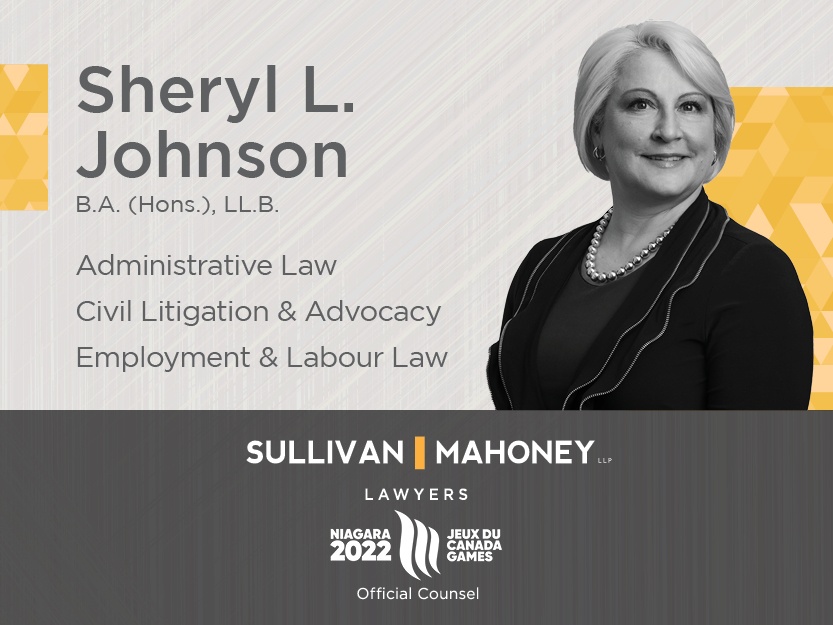This will be an election for the ages. By the time you read this, the final result should be known. But this column is being written while everything is still up in the air. Although polls have been predicting a small or large Liberal victory for some time, the outcome is still not guaranteed as factors such as voter turnout can play a huge role.
It’s hard for some young people to believe, but there was time in Canada where it didn’t really make a big difference whether the Liberals or the Conservatives won an election. Federally, they remain the only two political parties who have ever won. Back in the day – during the 1950s and 60s up until the election of Pierre Trudeau in 1968, differences between the two parties were much less pronounced than they are today. The first Trudeau era changed that when he pursued a very activist socialist agenda, growing the size and role of the federal government, following trendy causes and digging a gigantic debt hole for the country. It took until the late 1990s for Canada to get back on a sustainable fiscal track, under another Liberal government after the international financial community told Canada there would be no more borrowing unless we got our financial house in order. Whichever party happened to be in power at that time, they would have had no choice but to fix Canada’s debt problem.
Once again, we had a period of relative stability under both Liberal and Conservative governments through the 2000s and 2010s until the second Trudeau was elected in 2015. Justin Trudeau proceeded with much the same game plan as his father – spending recklessly, growing the federal government massively, taking on enormous debt and pursuing the trendy causes of current times, namely the climate, gender identity and divisive social policies.
The key question in 2025 is can we expect to go back to a government that is more moderate, does not indulge in extreme ideological pursuits and has a balanced agenda that is good for the country? It appears that will only happen if a Conservative government is elected.
If we end up with a Liberal government, all indications according to the Liberal platform is that the extreme climate agenda that was inflicted on Canada under Trudeau will continue under Mark Carney. It will of course matter if the government is in a minority or majority position. In the case of a minority, NDP Leader Jagmeet Singh has already said he would be willing to yet again prop up a minority Liberal government. However, the collapse of the NDP was one feature of this election campaign so the party may lack the number of seats to prop up anyone. As well, it is widely rumoured that Singh could lose his own seat, which would likely thrust the party into a leadership contest given the high level of dissatisfaction with Singh among the NDP faithful.
The Bloc Quebecois would also be a wild card in a minority situation and possibly prop up either a Liberal or Conservative minority on an issue-by-issue basis, according to what they see as advantageous to Quebec. A minority Liberal government could also fall within a year or so, as Canadians get a taste of what Carney’s climate agenda is doing and even Liberal voters decide they’re not happy with that. In this scenario, we could be facing other federal election in a relatively short period of time.
A Liberal majority would be a whole other story, as Carney would have the ability to run roughshod over the country with his extreme net zero climate agenda. If Carney does plan to make Canada a poster child for the world in how to ruin an economy in the name of climate, he will certainly be able to do so with a majority. He could then oversee a continuation of the lost Liberal decade we have seen under Trudeau. From all indications to date, Carney plans to continue on the net zero bandwagon, which will also instigate a national unity crisis as Western energy-producing provinces have reached their limit of tolerance after Trudeau’s mistreatment of them. On the other hand, Carney could choose to put some water in his wine and change plans to enable the Canadian economy to grow while still pursuing a scaled-back set of climate policies.
One constituency that will be greatly affected by the outcome of this election is the small- and medium-sized (SME) business sector. The Trudeau government was a terrible government for SMEs, and if Carney follows on the same path the outlook for this important sector is dismal. Conservative government are virtually always better for SMEs as they do not cater to the crony capitalists the way the Liberals and NDP do, and they recognize the value of SMEs to communities and society as a whole. During the Trudeau regime, many SMEs closed their businesses or went elsewhere, largely to the US. We can expect more of this under a Carney government, especially as climate policies involve a great increase in regulatory red tape, the burden of which falls most heavily on smaller firms.
These are some of the most likely scenarios from Election 2025. Whatever the result, we can hope that the resulting government will at least put the interests of Canadians ahead of their personal agendas. That is supposed to be their job, after all. Canada is currently in a weakened state because of ten years of bad economic policy. We don’t need more of the same.

She has published numerous articles in journals, magazines & other media on issues such as free trade, finance, entrepreneurship & women business owners. Ms. Swift is a past President of the Empire Club of Canada, a former Director of the CD Howe Institute, the Canadian Youth Business Foundation, SOS Children’s Villages, past President of the International Small Business Congress and current Director of the Fraser Institute. She was cited in 2003 & 2012 as one of the most powerful women in Canada by the Women’s Executive Network & is a recipient of the Queen’s Silver & Gold Jubilee medals.






